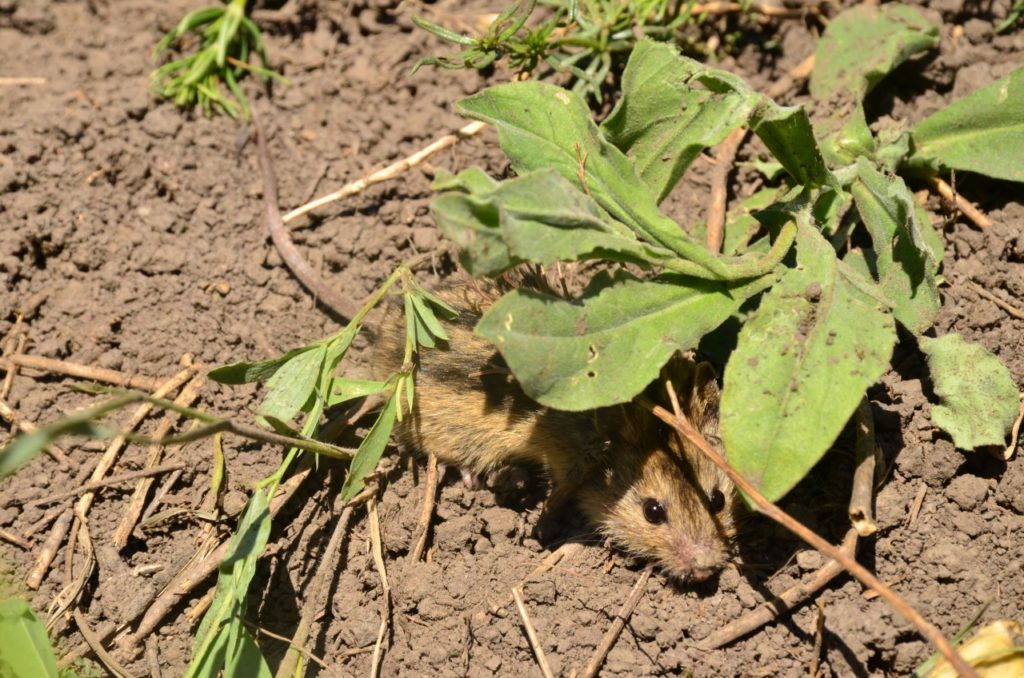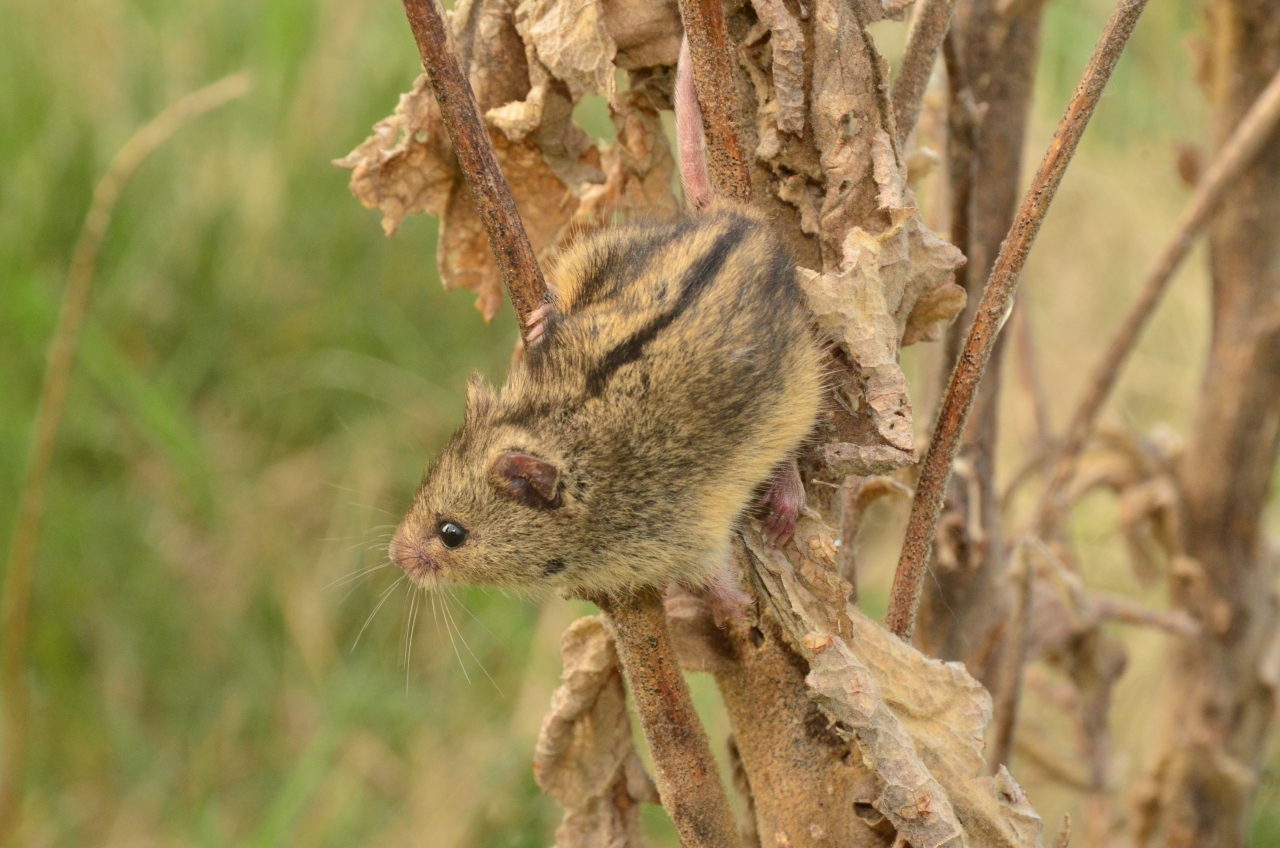Case study
A High-Quality Reference Genome of one of the Rarest European Mammals, the Hungarian Birch-mouse
The study will provide a high-quality reference genome for the Hungarian birch mouse, which will assist a population genomic study at the single locality, representing the only known population of the subspecies, managed by the Bükk National Park Directorate at the protected territory “Borsodi-Mezőség” Landscape Protection Area (Hungary).
A High-Quality Reference Genome of one of the Rarest European Mammals, the Hungarian Birch-mouse (Sicista trizona trizona, Sminthidae, Rodentia)
Gábor Sramkó is part of the ERGA community from Hungary. He is contributing to the WP11 action in BGE, where he helps an ongoing ERGA case study on the common hamster (Cricetus cricetus) as an evolutionary geneticist expert. Gábor’s main interest lays in phylogenetics, phylogeography and conservation genetics at the genomic level among plants and animals. He is the head of the Evolutionary Genomics Research Group at the University of Debrecen, Hungary.
Tamás Cserkész is part of the ERGA community from Hungary. He is contributing to the WP4 and WP11 action in BGE, where he coordinates an ongoing ERGA case study on the common hamster (Cricetus cricetus) as an mammalogist expert. Tamás’s main interest lays in phylogenetics, phylogeography and conservation of mammals. He is the project coordinator at the Hungarian Natural History Museum, Hungary.
The “Enhancing Biodiversity Genomics Applications for Ongoing Case Studies” call of BGE has triggered much of our interest at the beginning of 2024. We study an endangered small mammal species in Hungary, and we had already produced a short-read dataset, but long-reads and Hi-C data were missing to achieve a high-quality genome. So, we rapidly nominated our target species, the Hungarian birch mouse (Sicista trizona) of the Sminthidae family of Rodentia, arguably one of the rarest mammals in Europe. The nominal subspecies, S. trizona trizona, is extinct in Austria and Slovakia, most probably in Serbia, and has almost gone extinct in Hungary, where only a single population is known. Our research team formed by the researchers of the HUN-REN–UD Conservation Biology Research Group, the Evolutionary Genomics Research Group of the University of Debrecen, and the Hungarian Natural History Museum has won the opportunity to undertake this research under the umbrella of the HUN-REN Office for Supported Research Groups (Budapest, Hungary). The study will provide a high-quality reference genome for the Hungarian birch mouse, which will assist a population genomic study at the single locality, representing the only known population of the subspecies, managed by the Bükk National Park Directorate at the protected territory “Borsodi-Mezőség” Landscape Protection Area (Hungary).
The Hungarian Birch-mouse (Sicista trizona trizona). Photo by: Gábor Sramkó
During the annual monitoring survey of this species, we managed to collect enough blood samples from two animals for high-molecular-weight DNA extraction. One sample of individuals, coded as ST65, provided enough clear DNA samples with fragment size > 30kb. This will first be subject to Pac-Bio HiFi sequence data generation using a commercially available service provider based in the EU that should yield approximately 40× long-read coverage of the Hungarian birch mouse’s genome. Furthermore, we will also produce Hi-C data from samples collected during the second round of monitoring surveys at the known locality this autumn. All these data will make a perfect use for analysing genomic data originating from a reduced-representation genomic library technique RADseq. The latter data were collected from across the currently known range of the habitat of the subspecies, and thus we hope to deliver readily usable results for the effective preservation of the Hungarian birch-mouse on its last known site. Furthermore, this reference genome will be the first to represent the family Sminthidae, the basal clade of the mice suborder, Myomorpha. Therefore, we also expect our birch mouse genome to become a valuable resource in evolutionary research targeting research questions in mice (in a broad taxonomic sense).

The Hungarian Birch-mouse (Sicista trizona trizona). Photo by: Gábor Sramkó
In summary, we feel privileged by the opportunity the BGE project provided to us: our favourite birch mouse, on the brink of extinction, can enormously benefit from a genomic resource that will lay down the genetic basis of a well-established management plan for this critically endangered taxon. We extend our gratitude to the Bükk National Park Directorate and personally to Péter Balázsi, for their invaluable help during the fieldwork and the project. We are highly indebted to the two PhD students of the PI, Virág Nyíri and Lajos Szatmári, for the high-quality work during the laboratory work. This project is funded by the Horizon Europe research and innovation programme, co-funded by the Swiss Government and the British government, with additional support from a national research grant awarded to the PI (NKFIH FK137962); and fieldwork supported by the GRASSLAND-HU LIFE IP. We also thank BGE-ERGA for providing a collaborative platform that made this research possible.
*Header image by: Gábor Sramkó




